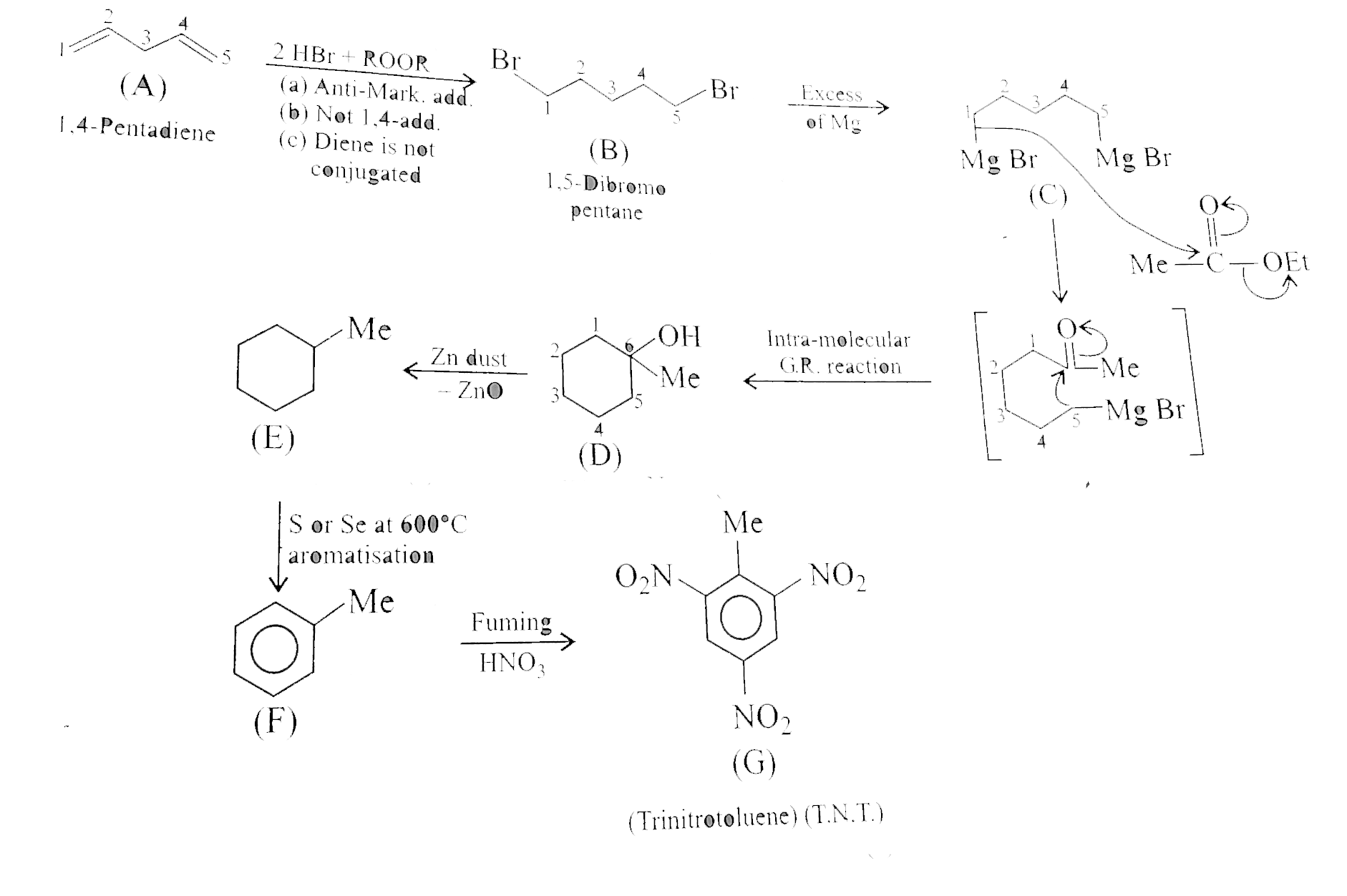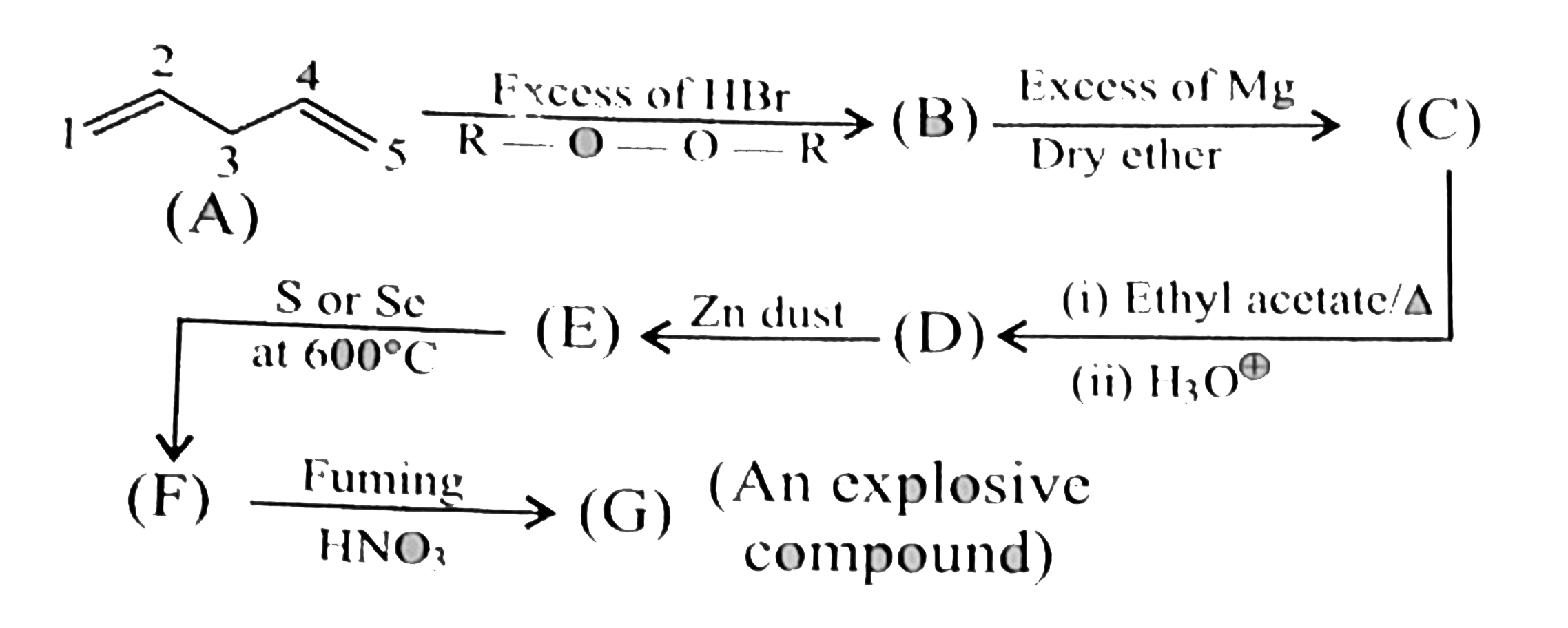
Compound is:
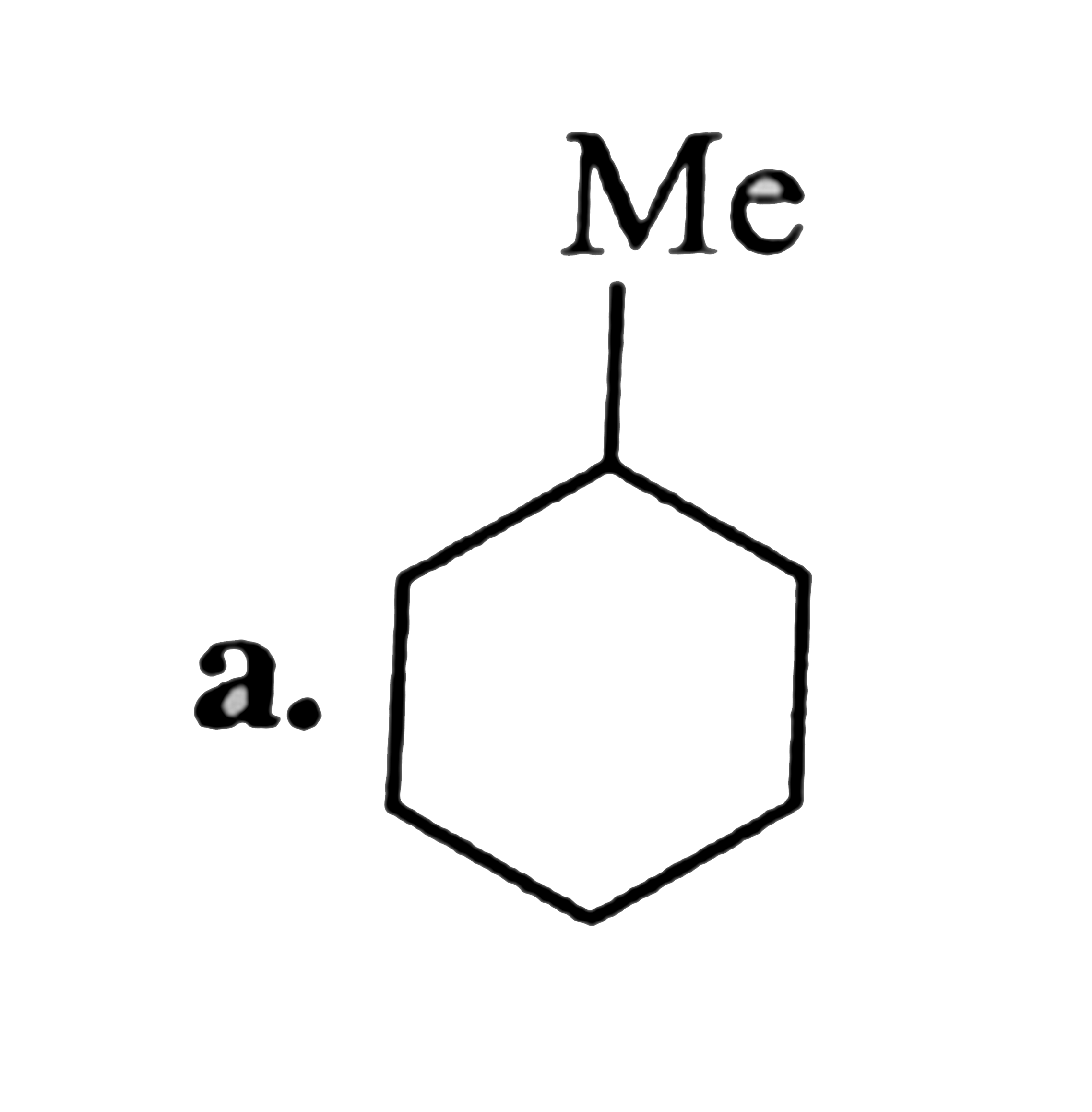
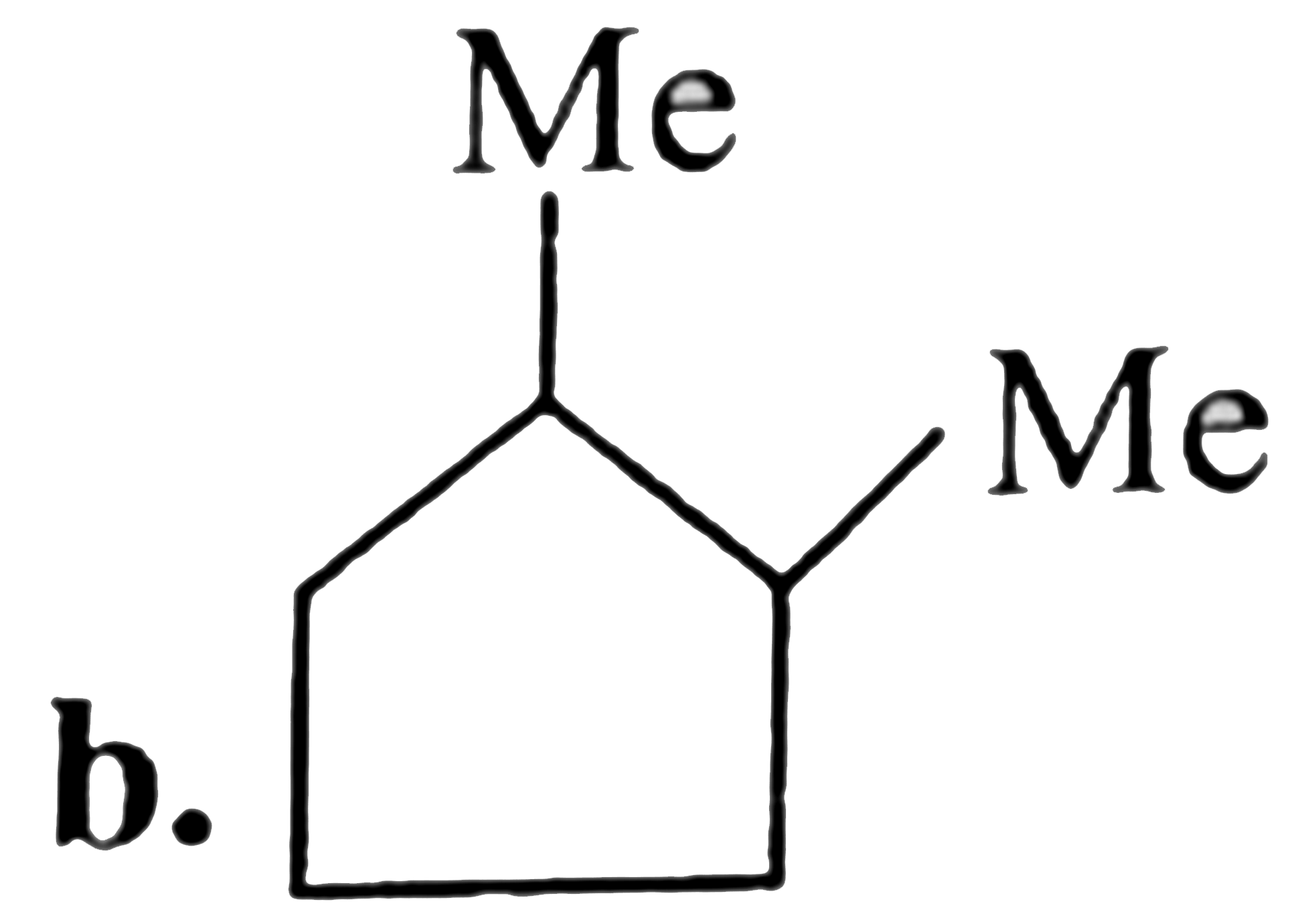
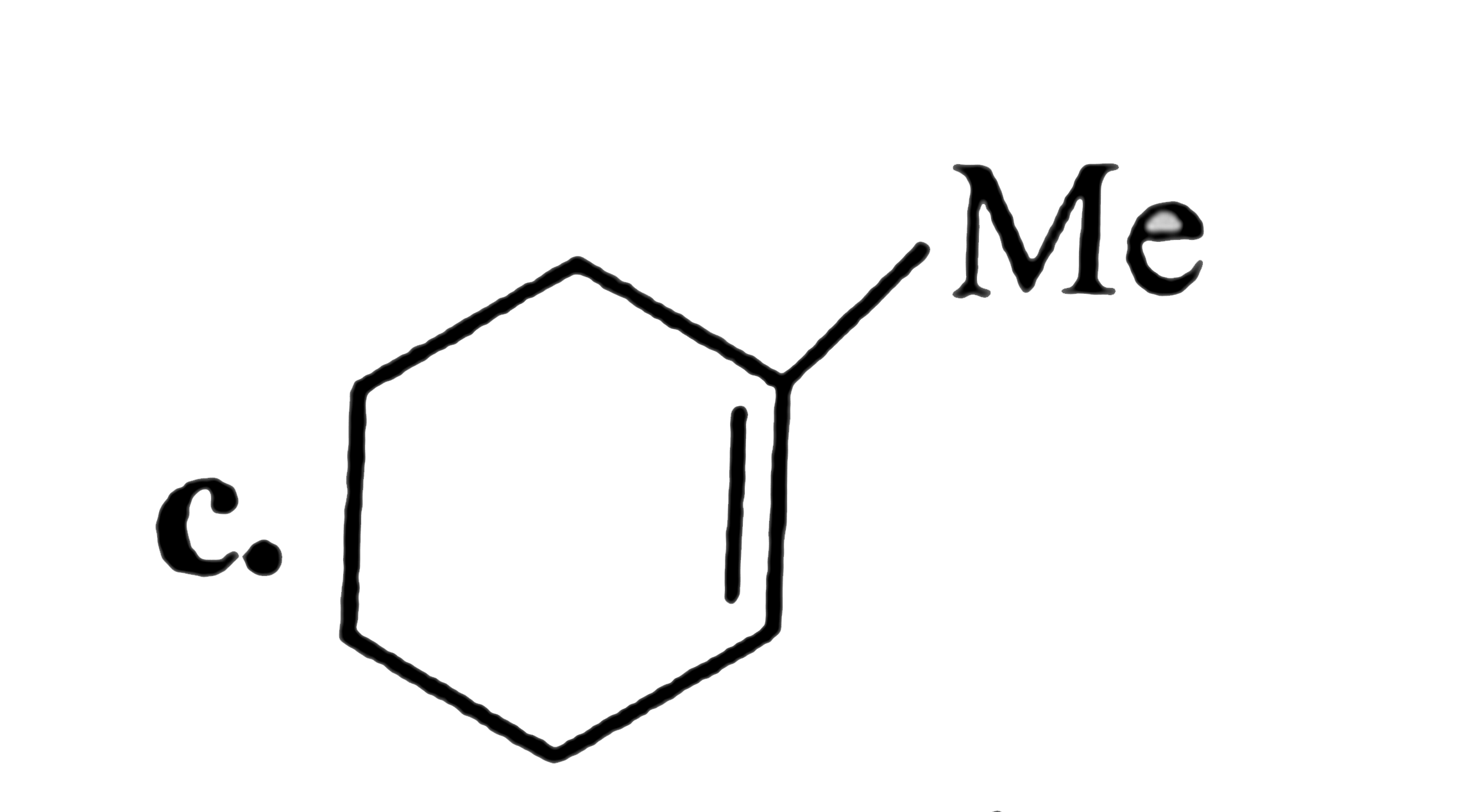
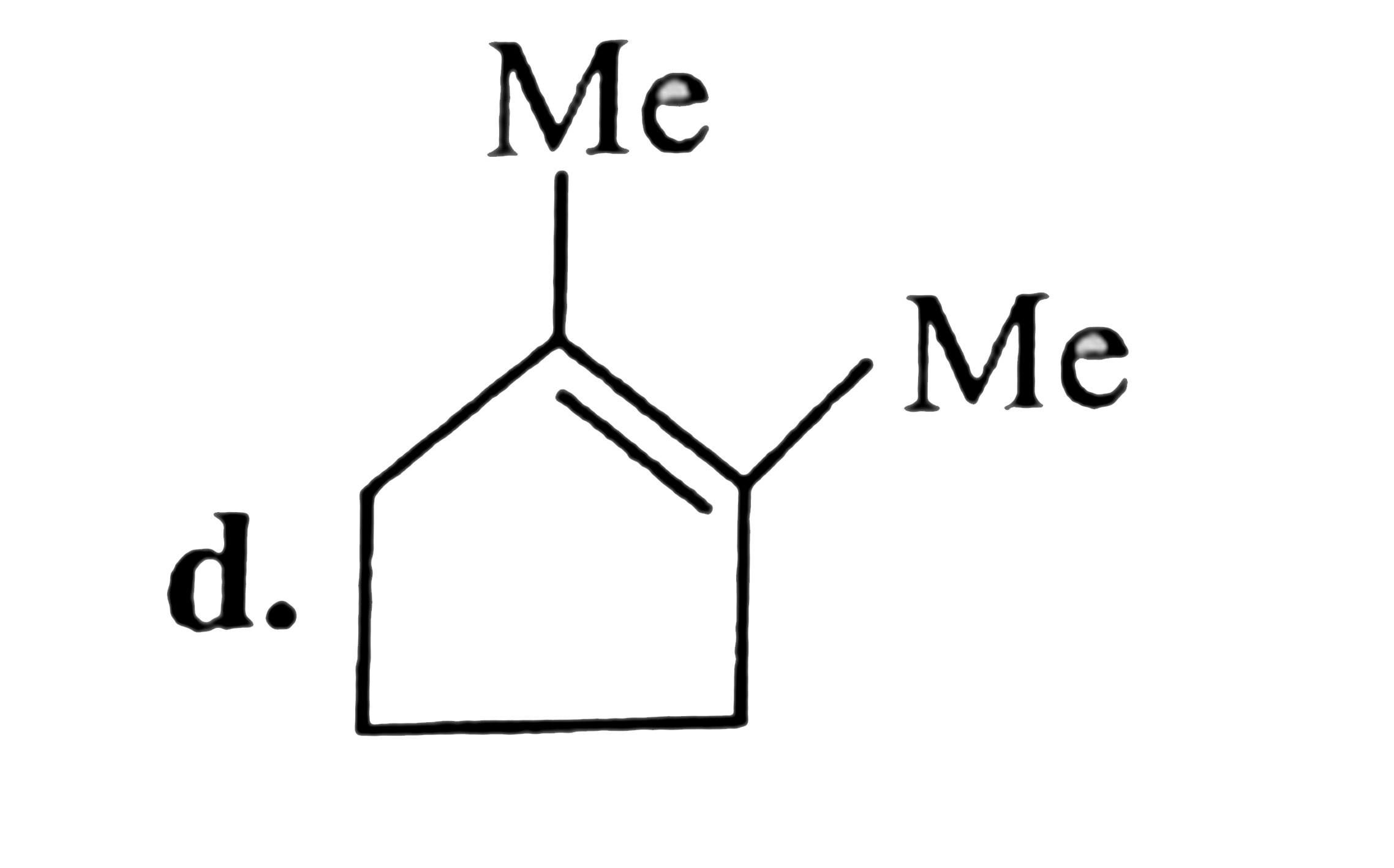
The correct Answer is:
Topper's Solved these Questions
- BOOK - CENGAGE CHEMISTRY ENGLISHCHAPTER - AROMATIC COMPOUNDS AND ALKYL AND ARYL HALIDES EXERCISE - Exercises Linked Compreshension Type11videos
AROMATIC COMPOUNDS AND ALKYL AND ARYL HALIDES
- BOOK - CENGAGE CHEMISTRY ENGLISHCHAPTER - AROMATIC COMPOUNDS AND ALKYL AND ARYL HALIDES EXERCISE - Exercises Multiple Correct32videos
AROMATIC COMPOUNDS AND ALKYL AND ARYL HALIDES
- BOOK - CENGAGE CHEMISTRY ENGLISHCHAPTER - AROMATIC COMPOUNDS AND ALKYL AND ARYL HALIDES EXERCISE - Exercises Concept Application4videos
AROMATIC COMPOUNDS AND ALKYL AND ARYL HALIDES
- BOOK - CENGAGE CHEMISTRY ENGLISHCHAPTER - APPENDIX INORGANIC VOLUME 2EXERCISE - Short Answer Type179videos
APPENDIX INORGANIC VOLUME 2
- BOOK - CENGAGE CHEMISTRY ENGLISHCHAPTER - BIOMOLECULESEXERCISE - Exercises Archives (Analytical And Descriptive)8videos
BIOMOLECULES
Similar Questions
Four isomeric optically active compounds NaHCO3−−−−−→CO2(g)(A,B,C,D)(C4H8O3)
Compound (A)LAH−−→(E) (Archiral compound)
Compound (B)KMnO4−−−−−→orCrO3 Inert to oxidation.
Compound (C)−−−−−−−−→NaOI/H3O⊕CHI3(Yellowppt.)+Compound(F).
Compound (B) is :View Solution(i) A powdered substance (A) on treatment with fusion mixture gives a green coloured compound (B). (ii) The solution of (B) in boiling water on acidification with dilute H2SO4 gives a pink coloured compound (C).
(iii) The aqueous solution of (A) on treatment with NaOH and Br2− water gives a compound (D).
(iv) A solution of (D) in conc. HNO3 on treatment with lead peroxide at boiling temperature produced a compound (E) which was of the same colour at that of (C) . Identify A,B,C,D,EView Solution
Knowledge Check
- Question 1 - Select One
An organic compound (A) C5H10O2 reacts with Br2 in presence of phosphorus to give (B). Compound (B) contains an asymmetric carbon atom and yields (C) on dehydrobromination. Compound (C) does not show geometrical isomerism and on decarboxylation gives an alkene (D) which on ozonolysis gives E and F. Compound (E) gives positive Schiff test but (F) does not.
Identify correct structure of A:A B
B C
C Dnone of these
Dnone of these - Question 2 - Select One
An organic compound (A) C5H10O2 reacts with Br2 in presence of phosphorus to give (B). Compound (B) contains an asymmetric carbon atom and yields (C) on dehydrobromination. Compound (C) does not show geometrical isomerism and on decarboxylation gives an alkene (D) which on ozonolysis gives E and F. Compound (E) gives positive Schiff test but (F) does not.
Find out structure of D:A B
B C
C D
D
- Question 3 - Select One
An organic compound (A) C5H10O2 reacts with Br2 in presence of phosphorus to give (B). Compound (B) contains an asymmetric carbon atom and yields (C) on dehydrobromination. Compound (C) does not show geometrical isomerism and on decarboxylation gives an alkene (D) which on ozonolysis gives E and F. Compound (E) gives positive Schiff test but (F) does not.
 A
A B
B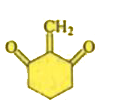 C
C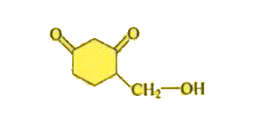 D
D
The compound C8H9Cl(A) on treatments with KCN followed by hydrolysis gives C9H10O2(B).Ammonium salt of B on dry distillation yields C.Which reacts with alkaline solution of bromine to gives C8H11N.(D)Another compound E is obtained by the action of nitrous acid on D. E on oxidation gives F which gives the inner anhydride G on heating. The Compound A is :
View SolutionIdentify (A) to (E).
(a) An inorganic iodide (A) on heating with a solution of KOH gives a gas (B) and the solution of a compound (C).
(b) The gas (B) on ignition air gives a compound (D) and water.
( C) Copper sulphate is reduced to the metal on passing (B) through the solution.
(d) A precipitate of the compound (E) is formed on reaction of (C) with copper sulphate solution.View Solution(i)A black coloured compound (B) is formed on passing H2S through the solution of a compound (A) in NH4OH
(ii)(B) on treatment with HCl and potassium chlorate or aquaregia gives (A)
(iii)(A) on treatment with KCN gives a buff/reddish-brown coloured precipitate which dissolves in excess of this reagent forming a compound (C).
(iv)The compound (C) is changed into a compound (D) when its aqueous solution is boiled in air.
(v)The solution of (A) was treated with excess of NaHCO3 & then with bromine water. On cooling & shaking for some time, a green colour of compound (E) is formed.No change is observed on heating.
Identify (A) to (E) and give chemical equations.View Solution(i) An aqueous solution of a compound (A) is acidic towards litmus and (A) sublimes at about 300∘C.
(ii) (A) on treatment with an excess of NH4SCN gives a red coloured compound (B) and on treatment with a solution of K4[Fe(CN)6] gives a blue coloured compound (C).
(iii) (A) on heating with excess of K2Cr2O7 in the presence of concentrated H2SO4 evolves deep red vapours of (D).
(iv) On passing the vapour of (D) into a solution of NaOH and then adding the solution of acetic acid and lead acetate, a yellow precipitate of compound (E) is obtained.
Identify (A) to (E) and give chemical equations for the reactions.View Solution(i) An aqueous solution of a compound (A) is acidic towards litmus and (A) sublimes at about 300∘C.
(ii) (A) on treatment with an excess of NH4SCN gives a red coloured compound (B) and on treatment with a solution of K4[Fe(CN)6] gives a blue coloured compound (C).
(iii) (A) on heating with excess of K2Cr2O7 in the presence of concentrated H2SO4 evolves deep red vapours of (D).
(iv) On passing the vapour of (D) into a solution of NaOH and then adding the solution of acetic acid and lead acetate, a yellow precipitate of compound (E) is obtained.
Identify (A) to (E) and give chemical equations for the reactions.View Solution


